MP SPEAKS The announcement of the Taman Tugu project last weekend by Prime Minister Najib Abdul Razak has received mixed reactions from the public.
As a regular jogger along the “double hill” route which goes past Tugu Negara (see Figure 1 below) and in the nearby Lake Gardens/Taman Botani, here are my five recommendations for this project.
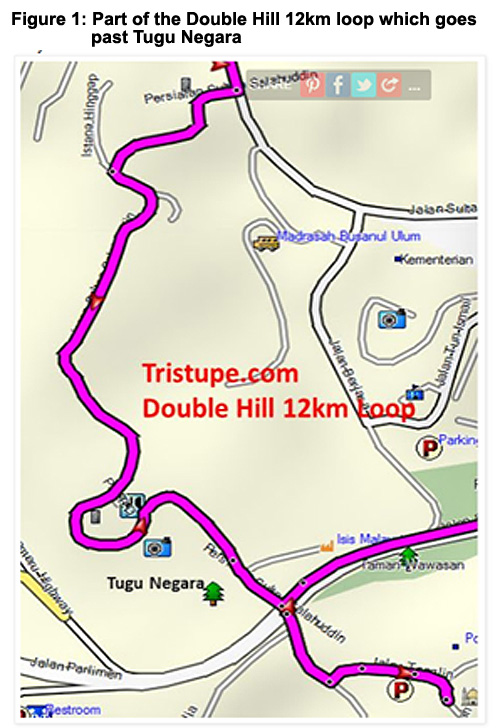
1. Taman Tugu must be cost-effective and transparent
I echo the concerns expressed by my colleague, Rafizi Ramli, on the high cost of this project, estimated at RM650 million, 75 percent of which, or RM500 million, will be paid for by Khazanah Nasional.
Many people have asked why such a large amount of money needs to be spent on an urban park while overseas JPA scholarships have been cancelled and allocations to public universities have been cut.
Even though the majority of the expenditure will come from Khazanah and not from the government budget, since Khazanah is 100 percent owned by the Ministry of Finance, it is necessary for both Khazanah as well as the minister of finance, who is also Prime Minister Najib Abdul Razak, to explain why this expenditure is necessary in the context of significant budget cuts in other areas.
In addition, since Khazanah is technically a private company, and not a government department, it does not have to go through the normal tender processes that most ministries have to adhere to via eperolehan.
To assure the public that the expenditure on the Taman Tugu project is transparent and cost-effective, it should make all significant contracts via open tender and to announce the results publicly.
2. Taman Tugu must be free to the public
The Taman Tugu project is actually not a new project. It was announced as one of the Entry Point Projects under the Greater KL National Key Economic Areas (NKEAs) way back in 2010. The initial project was to “create a Malaysia Truly Asia Centre (MRAC), an integrated cultural tourism park managed by Themed Attraction Resorts, a subsidiary of Khazanah Nasional.
This project was suspended in August 2014 because of ongoing land issues. There was also initial speculation that this attraction would be part of a leisure and tourism entity that would be listed by Khazanah.
Now that it has been revived under the Taman Tugu project, Khazanah must reassure the public that accessibility to this park will be free of charge.
While there may be parts of the park where the public may have to pay to use certain services (such as a proposed outdoor adventure area featuring rope courses and a flying fox), the majority of the park must be free of charge to use.
This is the model used by the Central Park in New York, where access to certain attractions, such as the zoo, require an entrance fee but the majority of the park is free to use.
The initial masterplan of Taman Tugu seems to indicate that most of the park are green spaces that are open for public access (see Figure 2).
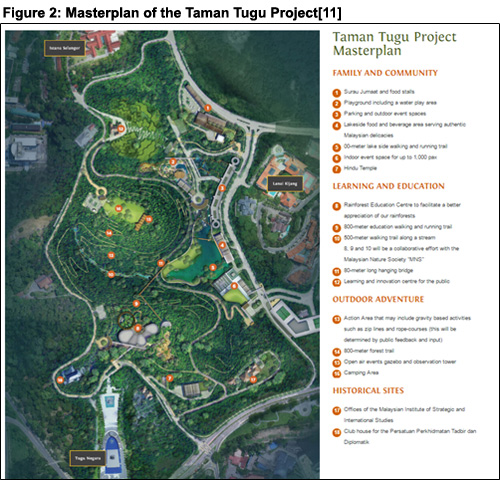
3. Taman Tugu must allow existing users continued access to recreational facilities
I am glad to note that Padang Merbok is not part of the area that has been designated as part of Taman Tugu.
Many groups use Padang Merbok, especially during the weekends, for various recreational activities, including rugby, football, bootcamp and as a start and finish point for runs (see Figure 3 below).
Places such as Padang Merbok must be preserved for public access. Khazanah should ensure that public access to popular jogging routes, such as the aforementioned “Double Hill” route, is allowed even during the construction phase of Taman Tugu.
Better still, Khazanah should consult the various groups that use Padang Merbok and the surrounding areas for recreational activities so that their inputs can be used to enhance the facilities in and surrounding Taman Tugu.
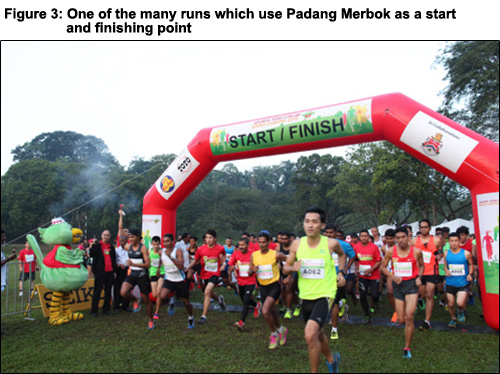
4. Must be integrated and accessible
I am glad to note that the Taman Tugu masterplan has taken into consideration the issue of connectivity to public transport and other nearby recreational attractions, such as Muzium Negara, Lake Gardens and the KL Bird Park, just to name a few (see Figure 4).
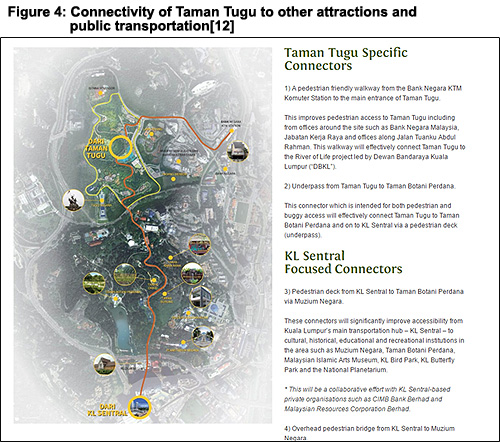
But this is not sufficient. For example, according to Google maps, it takes 35 minutes to walk from the Bank Negara KTM station to Tugu Negara via the proposed pedestrian walkway shown in Figure 4 and 30 minutes to walk via Jalan Parlimen (see Figure 5 below).
Not many Malaysians would be willing to walk that far (even if the walkway is covered). In addition, not many people would be willing to use the KTM Komuter services (30 minutes during peak hours and 60 minutes during non-peak hours, according to KTM’s latest announcement on its Twitter feed).
Khazanah needs to provide for better public transport to Taman Tugu than what is currently on its Taman Tugu website.
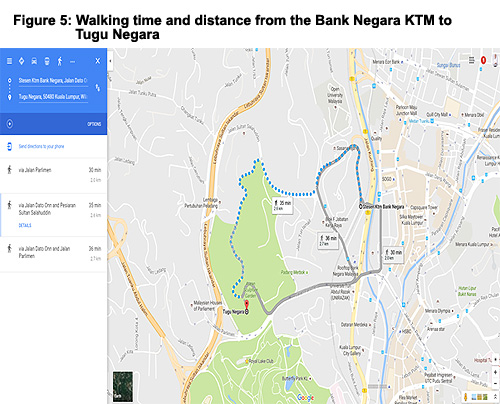
5. Taman Tugu must be sustainably managed
Finally, Khazanah must reveal its plan on how Taman Tugu will be managed. Taman Tugu should not be managed as a for-profit endeavour in order to ensure continued free public access.
At the same time, it must also be run sustainably, so that its maintenance costs can be covered. One possible model is the Central Park Conservancy, a private not for profit entity, which has a long-term contract to manage Central Park in New York.
Initial reports indicate that Taman Tugu will be placed under a public trust and that it will be preserved as a green lung in perpetuity.
Details of this trust and the management of Taman Tugu should be announced as soon as possible in order to assure the public that this project is not a money- making venture but a project that will truly benefit the public.
I call upon Khazanah to honour the promise of its managing director Azman Mokhtar, who said that Khazanah will be “embarking on a public outreach programme through multiple channels to seek feedback and suggestions from the public at large, as well as broadening the number of development partners and donors”.
I hope that this will be a sincere public outreach effort and not an empty public relations exercise.
ONG KIAN MING is the Member of Parliament for Serdang.

